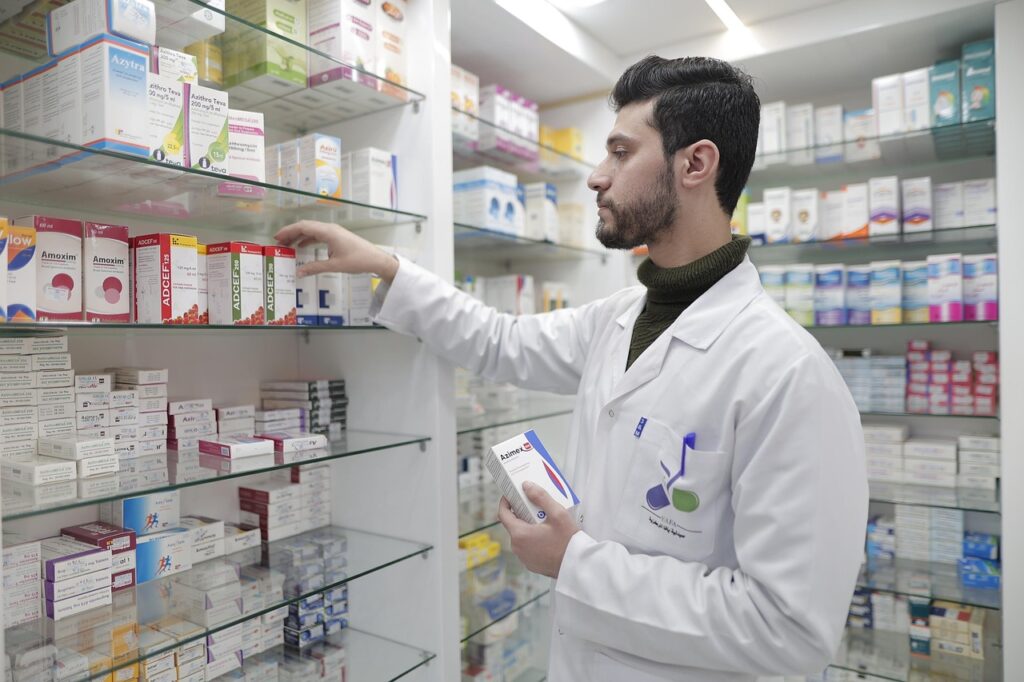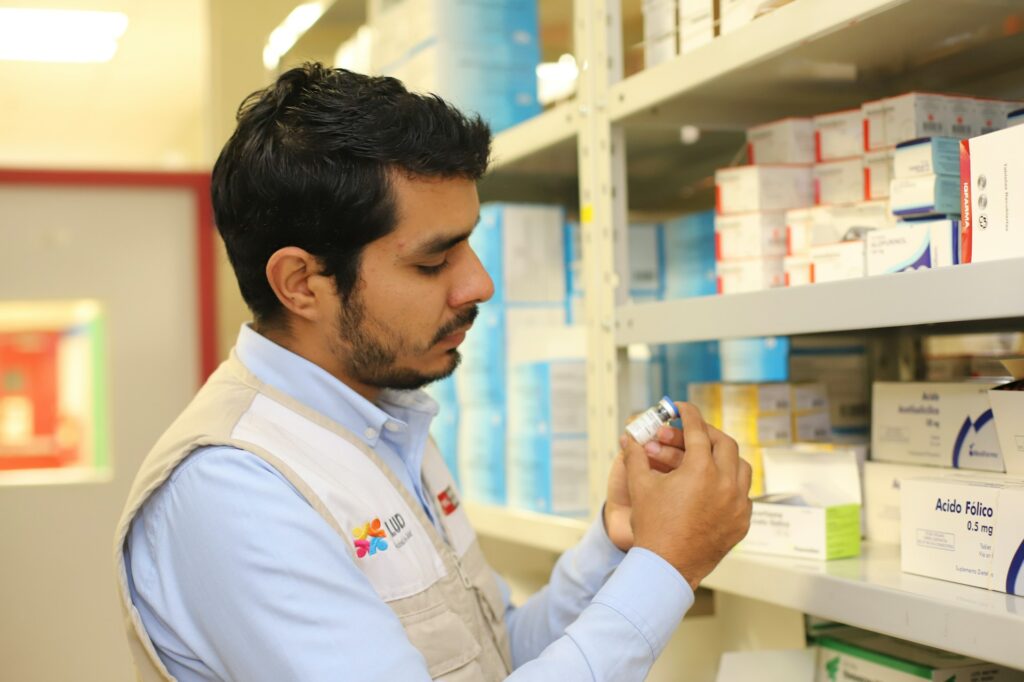The world has slowly moved toward automation in many ways. Whether it be in manufacturing and retail or agriculture and healthcare, it’s become widespread. Some people challenge automation, but you don’t typically see that regarding automated pharmacy services.
That’s because automated pharmacy services don’t necessarily replace anyone, but instead help them. Automation gives pharmacists and technicians more leeway to handle important tasks, such as fielding patient questions. That’s ultimately more important than sorting through physical files, which is typically automated now.
That said, the role of automation in pharmacy services and healthcare can sometimes be confusing. After all, don’t we rely on people to order, sort through, and dispense medication, then answer questions about it?
Follow along as we take a deep dive into the role of automation in making pharmacy services more accessible and effective.

Does Pharmacy Automation Work?
Time has proven that pharmacy automation not only works but has always greatly improved a longstanding system. It not only improves patient safety but also improves patient access and streamlines the process. Automation makes juggling pharmacist duties and responsibilities much easier, which ultimately benefits patients.
That said, automation will always be controversial, and many people have mixed feelings about it. However, pharmacy automation seems to be far less controversial, as the pros largely outweigh the cons. Pharmacy automation helps pharmacists and patients alike in countless ways, including:
Minimizing Error
Error is a part of being human, but it can be quite dangerous and troublesome in some fields. For example, incorrectly dispensing medication can lead to serious health consequences at worst. At the very least, such mistakes can significantly inconvenience people who weren’t expecting to deal with that kind of stress.
Pharmacy automation can minimize the risk of errors when it comes to stocking and dispensing medication. Automated systems can help pharmacy staff keep track of their stock and make orders on time to ensure people don’t have to wait. This can also help ensure no theft is going on and keep track of abnormal patterns.
Automation also makes tracking medications that are en route much easier, so pharmacists can update their customers. This lets pharmacists update their customers and keep them posted about wait times and stocking information. Whether it be the systems used to store customer information or machines that dispense medication, automation has reduced the margin of error.
Expedite the Process
Long pharmacy waits have inconvenienced people for years. That doesn’t mean that pharmacists and technicians don’t work hard, but it means that they’ve always had a lot on their plates. Previously, a small group of people had to juggle many tasks, many of which were challenging.
They still have many responsibilities, but automation has ensured that they go by much faster. This helps patients and pharmacists alike, as waiting times have significantly improved due to automation. Expediting the process lets pharmacists dispense medication to more people per hour than they previously did.
This faster timeline is essential for people who are in poor condition and need their medication to ensure a good quality of life. The time savings can also help save pharmacies money, as they can maximize their output and keep their customers and patients happy.
Make Staff More Available
Automation gives pharmacy staff much more time to interact with patients as needed. Because they’re not juggling so many tasks, they can give more of their energy to curious patients. This is quite important for patients who may have a new diagnosis that they’ve never been medicated for.
Patient counseling is a big part of being a pharmacist, and they now have more time to dedicate to it. They can answer questions about dosage, timing, drug interactions, and how soon you should eat before or after taking the medication. Those things ultimately impact patient safety, and they’re just as important as the medication itself.
Offer Telepharmacy Services
Telehealth is more prominent than ever, and that applies to telepharmacy services. Patients with restrictive health conditions cannot always easily visit pharmacies. Telepharmacy services let these patients speak to pharmacists and get the same help they’d get in person.
Telepharmacy services are also invaluable for patients in underserved communities. Sadly, some people simply cannot access great pharmacies, and telepharmacy services help remedy that problem. Patients can communicate with pharmacists in different locations via video calls.
The pharmacists can use a robust, automated system to access their electronic health records. This ultimately gives pharmacists and patients the same experience as a traditional pharmacy interaction. Patients can also get their medication via automated remote dispensing machines, which are just as effective as standard pharmacies.

Is Pharmacy Automation Worth It?
Many pharmacy owners, pharmacists, and technicians find pharmacy automation worth the initial cost. It may be a big investment, but it can pay off quickly with all the time savings. Time is money, and how you invest that time is extremely important in the pharmaceutical industry.
Sure, automation can save money, but it can also save patients a lot of time and unnecessary stress. Automation lets pharmacies serve more patients per hour, which ultimately helps pharmacies meet the bottom line. Without automation, pharmacists and technicians would still struggle to focus on counseling patients and prioritizing their safety.
Pharmacy Automation Has Changed the World
Previously, visiting a pharmacy often involved wondering how long it would take to get home. Long lines, medication shortages, and human error left a lot to the imagination. Today, pharmacy automation not only significantly reduces wait times but also offers more access than ever.
The rise of telepharmacy services and systems helps people access pharmacists and medications despite living in underserved areas. This also helps people dealing with tough health conditions who may otherwise struggle to visit pharmacies. Pharmacy automation helps pharmacy staff as well, as they can now focus on the patients more than ever before.
Accessibility in healthcare is more important than ever, and pharmacies throughout the United States have embraced it. Automation is sometimes seen as controversial, but that shouldn’t apply to pharmacies, where it helps countless people.
About the Author
Ryan Ayers is a researcher and consultant within multiple industries, including information technology, blockchain, and business development. Always up for a challenge, Ayers enjoys working with startups as well as Fortune 500 companies. When not at work, Ayers loves reading science fiction novels and watching the LA Clippers.
Leave a Reply